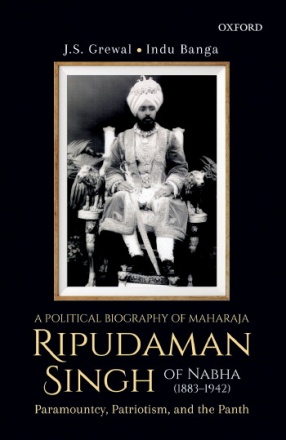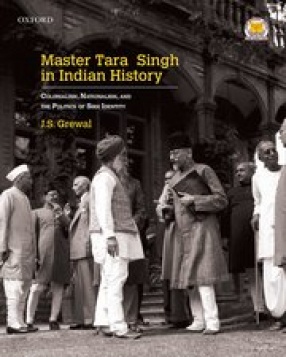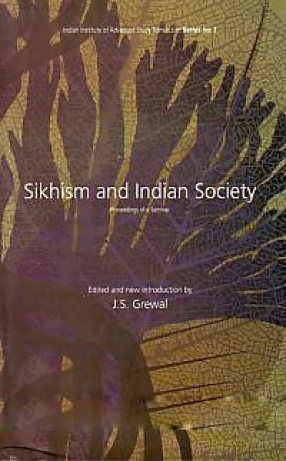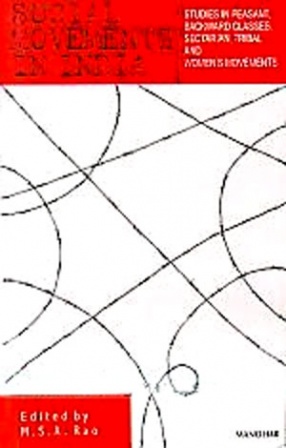Maharaja Ripudaman Singh of Nabha (1883-1942) was an exceptional ruler, a princely ‘rebel’ who resisted the paramount power in different ways. Forced to abdicate in 1923 ostensibly on account of ‘maladministration’, Ripudaman Singh was sent to Kodaikanal in 1928, where he died after 14 years in captivity without any recourse to judicial appeal.
Set against the backdrop of Indian nationalism, Sikh resurgence, and British paramountcy, J.S. Grewal and Indu Banga trace the Maharaja’s political career, revealing the devious ways in which the paramount power dealt with traditional nobility. They explore his career, education, and upbringing to explain his ideological stance, appreciation for Indian nationalism, and his active involvement in the Sikh reformist movement.
Moved by Panthic and nationalist concerns, the Maharaja of Nabha bridged ‘Indian India’ and British India through the concerns he affirmed, reforms he introduced, and the causes he espoused as a patriot.
Contents: Preface. Introduction: Paramountcy and its historiography. 1. A mixed heritage. 2. Tikka Ripudaman Singh. 3. Installation and investiture. 4. The Maharaja, Michael O’Dwyer, and the world war. 5. Government and politics. 6. Government prepares grounds for deposition. 7. Removal from Nabha under duress. 8. Issue of restoration and the Jaito Morcha. 9. Attitude of the congress and its leaders. 10. Defiance and deposition. 11. The indictment of Patiala turned into an indictment of Nabha. 12. The maharaja loses custody of the Tikka. 13. The Nabha issue in the house of commons. 14. Last bid and the last days. In retrospect. Maharaja Ripudaman Singh in photographs. Glossary. Select bibliography. Index.











There are no reviews yet.